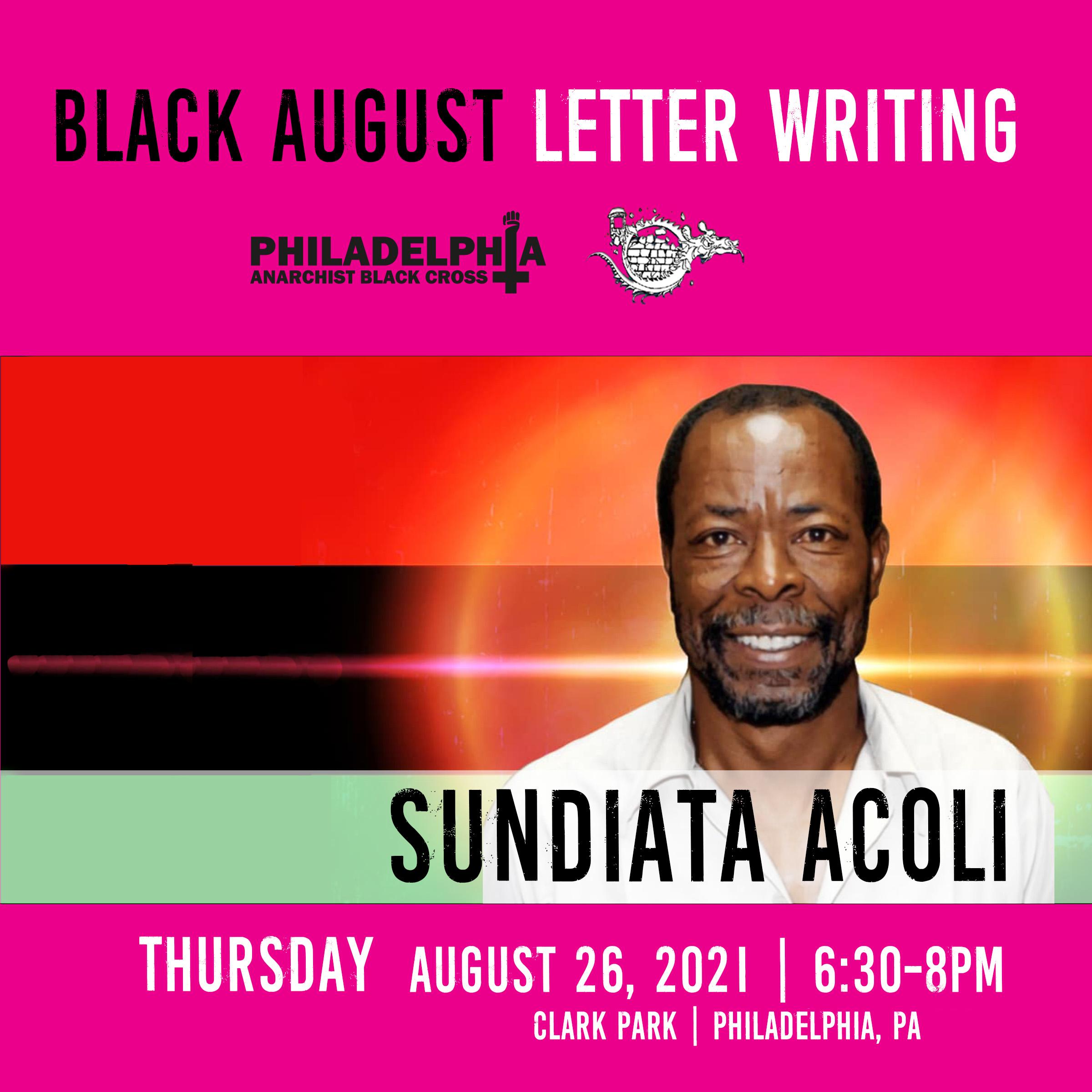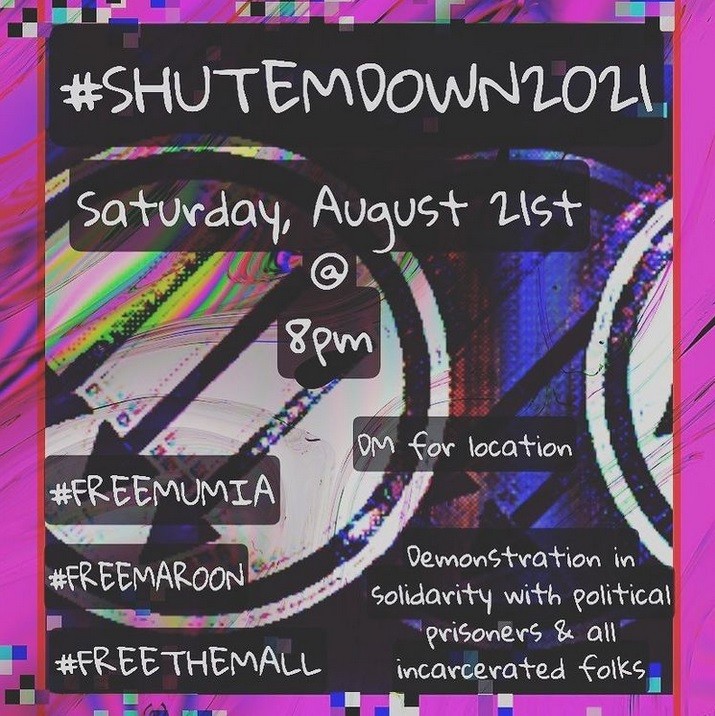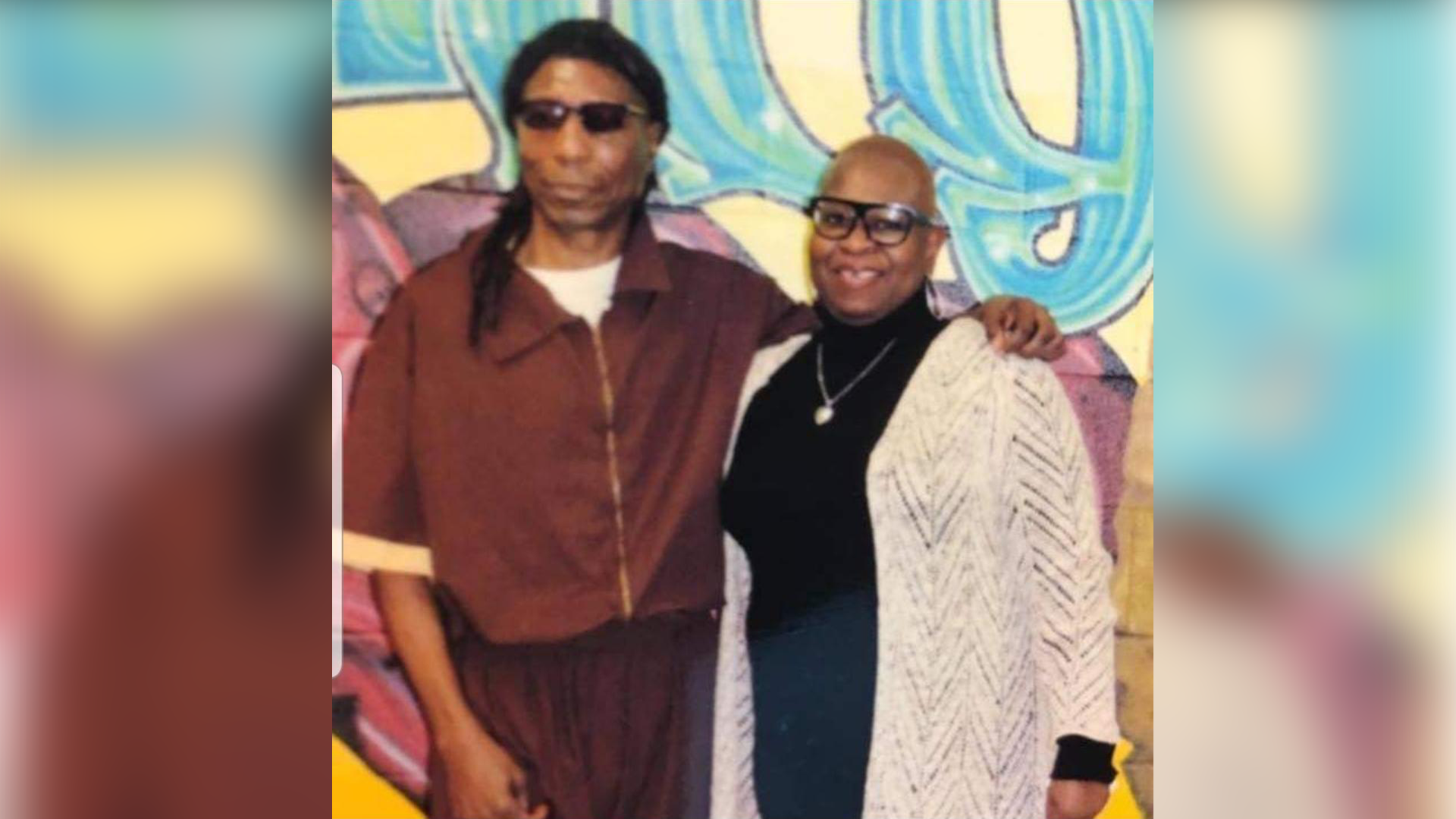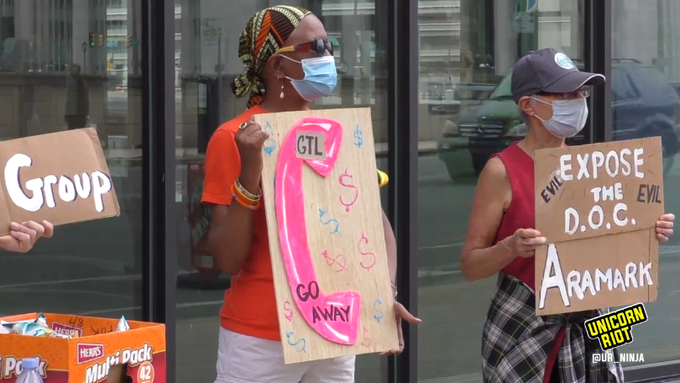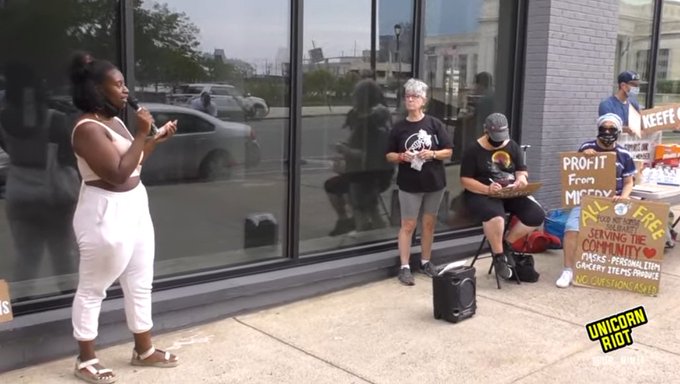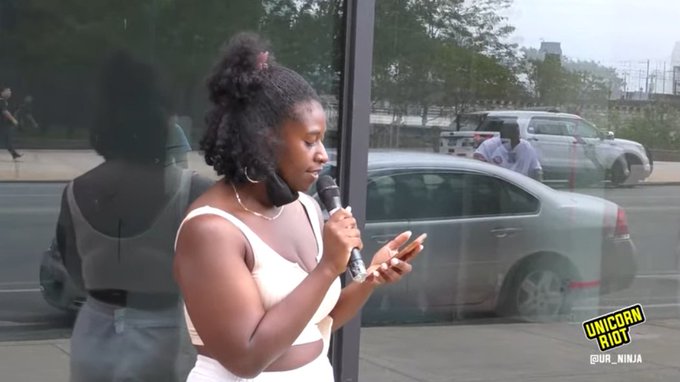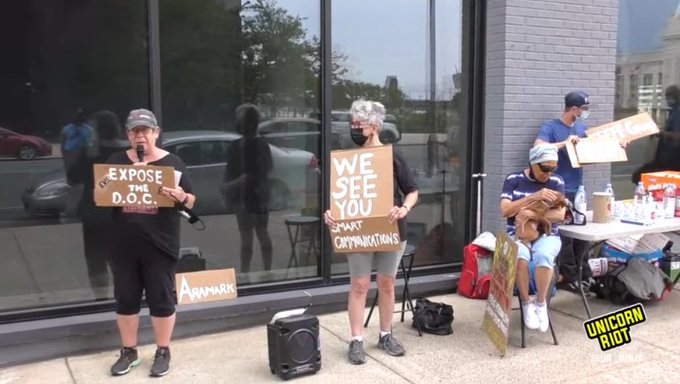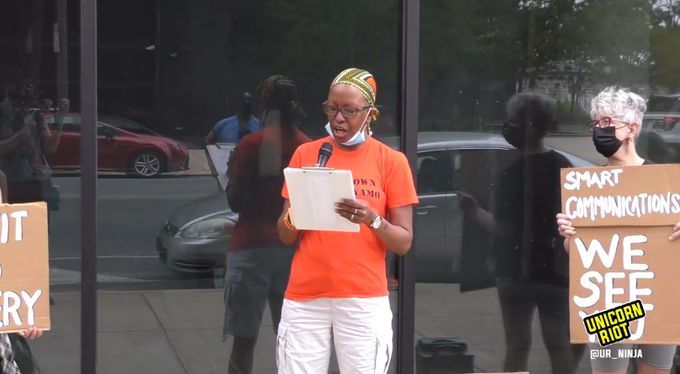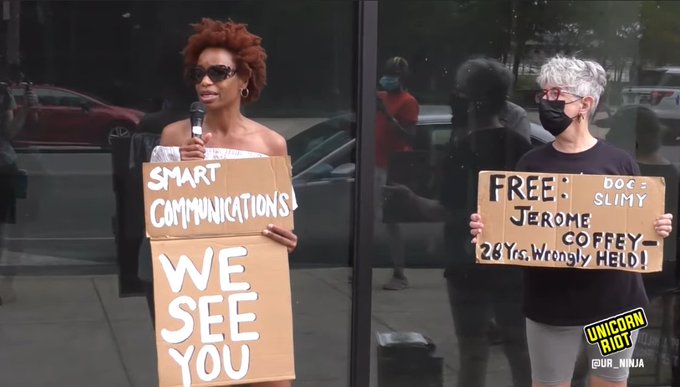from It’s Going Down
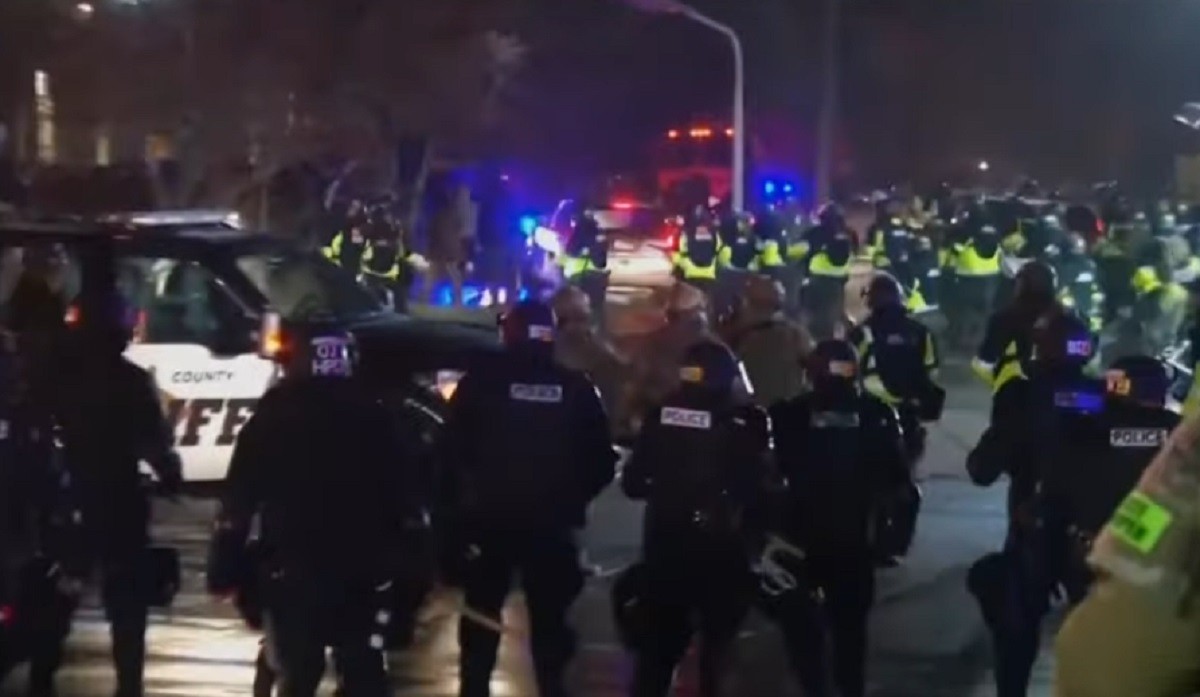
Originally published in Anathema, an anarchist publication from Philadelphia, the following interview talks about the realities of the Brooklyn Center riot that kicked off in the wake of the police murder of Daunte Wright in the spring of 2021.
This interview was conducted two months ago, which was already two months after the events this spring in Brooklyn Center, Minnesota. The riot in Brooklyn Center took place in the context of the Derek Chauvin trial, almost a year after he murdered George Floyd. This interview was an attempt to reflect on one participant’s experience of the events in Brooklyn Center and consider what they tell us about how things might unfold in the future. For many of us, the George Floyd uprising has weighed heavily on our minds as we try to imagine next steps to take. What became clear to me in this interview was that between the George Floyd uprising and the Brooklyn Center riot — despite the direct influence and geographic proximity — was an expanse.
Although the Brooklyn Center riot was an outgrowth of the George Floyd uprising, it was also a reminder that the previous summer’s events would not be repeated. Now, after a relatively quiet summer, it seems all the more important to be looking toward the future rather than fixating our gaze on last summer’s uprising. In this interview, we explore some of the developments and unique characteristics of uprisings in the aftermath of the George Floyd uprising.
You were in Brooklyn Center in April. Can you describe what happened?
Yes, there was a police murder: Daunte Wright, 20 years old. He was basically trying to flee the scene where he got stopped. There was two nights of rioting — I am going to say rioting. Some people want to say “it’s not a riot, it’s a rebellion.” I am just going to say it was a riot.
People were throwing stuff at the cops. There was looting by car in the Brooklyn Center area, also in Minneapolis and surrounding suburbs. The first night the neighboring police station got shot up; someone shot the front doors of it. Someone else shot at a cop — maybe 3 days after it started.
All throughout people were calling for the burning down of the police precinct (that was the focal point of the riot). They never succeeded. People tried. The police set up a gate. It was similar to what happened in Portland at the courthouse. But they didn’t actually breach the gate.
After the first two days of looting, arson, street fighting, and property destruction, there was basically a week of confrontational protests in front of the police precinct.
From what you witnessed, what have been the most significant changes since last year?
What’s been happening since the fall of last year, the police have been really ready for riots. So, when people engage in riot tactics, they need to outmaneuver the police. It can’t be this kind of frontal assault the way it happened in Minneapolis at the 3rd precinct.
That started with the Breonna Taylor revolt of late September. There isn’t 1000s of people in the street fighting the cops. That’s not happening.
Also, in Brooklyn Center, you would see people in black bloc or this “frontliner” aesthetic trying to stop young, mostly Black kids from setting things on fire and building barricades.
Wait — what would motivate people to dress up in black bloc attire in order to stop riots?
I don’t know. I just think it’s become a popular aesthetic and people have adopted it that have never experienced revolts before. It’s weird, this group called Minnesota Freedom Fighters — it’s basically like a nonprofit. Their goal is to deescalate riots, but they all dress in black bloc and wear gas masks and have umbrellas. It’s a strange thing that’s been imported from Portland, and originally from Hong Kong and Chile. It made sense in Portland and Seattle, but then once it makes it to places like Philly and Brooklyn it gets isolated from the insurgent activities happening. It’s very bizarre.
In Brooklyn Center, it’s almost exclusively young, Black, poor and working class still out there willing to engage in insurgent tactics. And they are becoming isolated.
Brooklyn Center is 20 minutes outside of Minneapolis and it’s very suburban. That’s what made the terrain really hard for rioting to happen. It’s pretty much a residential neighborhood with apartment buildings. There were two gas stations and a strip mall — that all got fucked up.
You say it was difficult terrain. What was the rioting like in the suburbs?
It made it harder to have a sustained riot that would breach the gates since there weren’t 1000s of people there. There were isolated forms of struggle: shooting at cops, the national guard. Winston Smith is an example of this. It’s not something everyone can participate in — it’s dangerous. But it’s also what’s happening in the absence of mass uprising.
A dollar store got set on fire. That whole strip mall got fucked up and looted. There was a really interesting moment: the owner of a pizza shop was like: I will make you guys some pizza. He started making pizzas for the crowd of potential looters. And that’s how he avoided his store getting fucked up.
There were a couple of militia people with assault rifles trying to protect the dollar general and they quickly got surrounded by young people who were like: you are not going to stop us. And they just walked around them. That was a very intense moment.
There were other people who didn’t have guns who tried to protect property and they just got beat up. The people who were rioting on the first two nights were still in the minority but they were able to do things.
What changed on the third night? Were the militias and peace police more successful at stopping rioters?
I think it was that in combination with police repression: the National Guard was out there; the FBI was out there. We got stopped by people who said they were working with the FBI.
We were just leaving an area where all the stuff was happening and got stopped by like 5 different squad cars. They took pictures of us, our tattoos, our injuries. We had all this stuff in our car (gas masks, body armor), but we didn’t have anything illegal on us. So, they couldn’t actually do anything. They were gathering intelligence. They interrogated us.
Each of us got separated; there was 4 of us. We got put in a different car. They tried to scare the shit out of us saying “you are all getting booked, you are getting processed and fingerprinted, we are impounding the car.” They asked us questions about how we knew each other and how we were connected. Then they just let us go.
People like got away with so much shit last summer that people got comfortable. The terrain has changed and people can’t get away with the same kind of stuff. People weren’t as aware as they should have been
Last year, especially with the pandemic, the State was not ready. That changes what people can do. There will continue to be smaller localized uprisings with short duration, and there’s a limit they will reach very fast.
Beginning with the Breonna Taylor protests in September and confirmed by the Walter Wallace riots in October, the cops got a lot more violent. One result of it is the multi-racial dimension has diminished. Because of the repression. The first time I noticed that was when I was in Louisville in September and it was mainly young Black people out there.
Were there anarchists in the riot?
Out of any political tendency, the anarchists went the hardest, but they were still a small minority. And they weren’t relevant “as anarchists.” The starting point should be what the people in the street that are fucking shit up want to do. It hasn’t been anarchist politics that has pushed people to be confrontational with the State.
What needs to happen next is burning down every police precinct in the United States. So that’s what we push for. We don’t push for people to become anarchists.
Brooklyn Center riot was localized and several months ago. Is it relevant to people in Philly now?
There’s things to learn from it. Things are becoming more atomized, more dangerous and falling into a more general outlaw culture. The impasse experienced in Brooklyn Center is happening in Philly too. There is not a full-blown uprising; instead, you see these more diffuse forms of struggle. When the Chauvin trial concluded, in Philly there was groups of young people on dirt bikes throughout the whole city, with cops chasing after them. It was clearly a form of resistance.
Final thoughts?
People don’t care what you say you are about. It’s whether you are perceived to be part of the riot. It’s those who are loyal to the spirit of revolt and everyone else. That’s the divide. If you are just being a spectator, you might not be so welcome. More than anything, it’s what you communicate by your actions.
